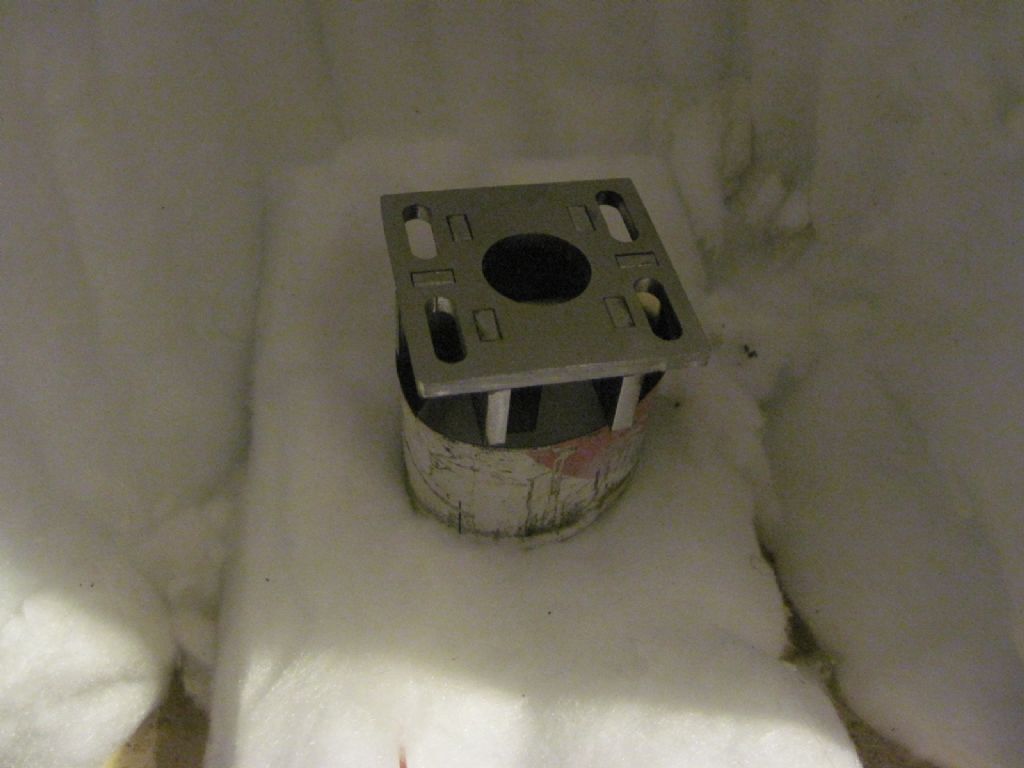Hi Bill,
The vast majority of brazed joints between two steel components are made using a brass filler metal. The reasons are clear. The joints are strong and the filler metal is cheap. Why use anything else?
In all cases, you would change to a silver solder only to satisfy a technical issue eg colour match, dissimilar component materials, to reduce distortion by making the joints at a lower temperature. Another possibility is that your heat source won't deliver enough heat.
In the last case, the first option is to fit a bigger burner. Such a burner does not have a higher flame temperature but does burn more gas and as such develops more heat. Bullfinch will tell you the heat rating of your existing burner.
The higher flame temperature of oxy-gas flames does not always generate more heat.
The flame profile often pushes the user to adopt a welding technique that will lead to a lack of penetration of the filler into the gap and a weak joint.
So, in a nutshell, the cheapest option would appear to be, stick with the brass rod and simply fit a bigger propane burner. (What? – this guy sells silver solders!)
No good? Either buy a new/different torch generating more heat (not forgetting to amend your heating technique it's easy enough but needs to be done)
Alternatively buy some silver solder but only use it where necessary. As before make sure you use an appropriate flux.
You pay your money and take your pick!
Keith
PS The cheapest joints are not made using the cheapest silver solder. (But I would say that wouldn't I?) But that's another topic!
Edited By CuP Alloys 1 on 22/04/2020 08:30:16
Bill Phinn.








